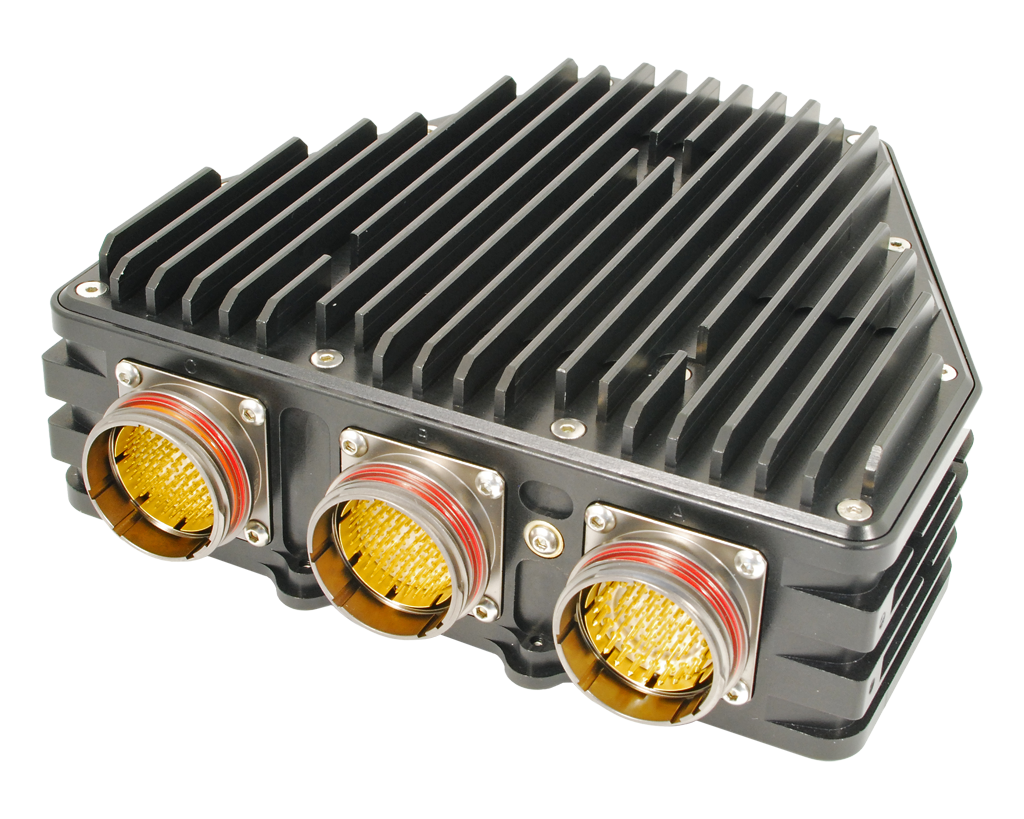Formula One’s new powertrain control
2013 will bring in a new ECU to control the Formula One powertrains. Provided to all teams via McLaren Electronic Systems, the TAG-320 is the first step towards the major change in powertrain rules for 2014.
As a method of controlling costs and driver aids, the FIA elected to introduce a Single ECU (SECU) supplier into Formula One in 2006. With suppliers invited to bid for the contract, it was McLaren Electronic Systems (MES) who won the tender process; MES duly introduced its TAG-310B ECU into the sport, which controlled both engine and chassis functions.
For some customer-engined teams, this was the first time they had an integrated ECU to work with. The common practice beforehand was that the engine ECU was supplied by the engine manufacturer, with chassis and data logging functions being managed by a separate ECU supplied by the team.
After some six years now the TAG-310B will be replaced by MES' next generation of ECU, the TAG-320. Designed specifically for the demands of Formula One and in particular the change in powertrain rules for 2014, the unit will therefore no longer support ten cylinder engines but will support the advanced energy recovery systems for next year.
The main advance over the TAG-310B is the processing performance and the number of interfaces. At 4000 MIPS (millions of instructions per second) its processing power is now more than double the outgoing model, with RAM increasing to 512 Mbytes. There are more sensor inputs and CAN interfaces, sampling rates and logging channels have risen nearly tenfold and the unit gains an internal accelerometer. Even the internal data logging capacity is higher, from 1 to 8 Gbytes, while there is also a slightly greater range of control outputs.
This allows the unit to manage far more controls with greater accuracy, which will be critical with complex high-speed systems such as the seamless-shift gearbox, direct injection and the advanced energy recovery systems in 2014.
Physically the unit retains the unique shape of the unit used by McLaren Mercedes, which predates the 2006 SECU. The triangular layout allowed McLaren to fit the ECU under the driver’s thighs, on the floor behind the dash bulkhead. The pointed end of the ECU faces forwards, making it easy to direct the wiring loom inside the cockpit towards the three CAN interfaces on the back of the ECU. Some teams still choose to mount the SECU in this position under the driver’s thighs, but many teams now fit it in the sidepod, to allow cooling air to be diverted into it from the radiator ducts. For easier packaging the TAG-320 retains the same external dimensions at the TAG-310B.
Lastly, the transition to the TAG-320 is aided by compatibility in the code and the external applications. The code written by the teams to control the chassis and powertrain functions on the TAG-310B will be compatible with the TAG-320, while the two key applications – SystemMonitor, which configures the control systems, and Atlas, which teams use to analyse the telemetry data – are also consistent between both ECUs, easing the team’s software department’s transition to the new ECU.
Although the ECU’s increased speed and greater number of interfaces are aimed very much at the complex powertrains of 2014, teams will have a year to bed-in with the unit with the current powertrains during 2013, although it must be said there were no reliability issues reported with the TAG-310B.
So we can expect a seamless switch to the new unit when Formula One racing resumes in March.

Fig. 1 - The new TAG320 ECU is the same physical size as the outgoing TAG-310B, but has far greater performance (Courtesy of McLaren Electronic Systems)
Written by Craig Scarborough